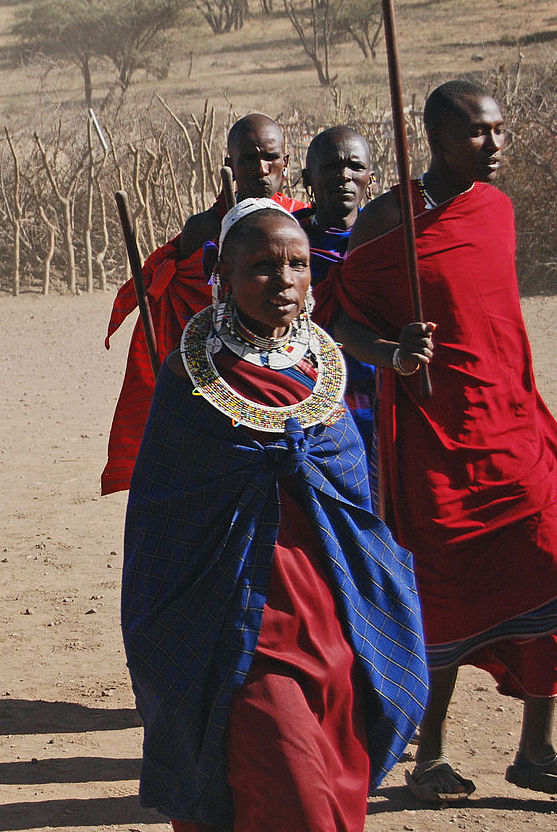Eradicating the practice of female genital mutilation (FGM) has been difficult due to lack of understanding of its place in the cultures that practice it. Church Times reports on some progress:
MS SEKENTO is part of a generation of Maasai in transition. She has completed her teacher training, and hopes that the children in her class will become doctors and pilots. She chose her husband, “an educated man”, rather than marry one selected by her family.
And she is very aware of the government’s determination to eradicate FGM (it has been illegal in Kenya since 2001). Yet the meaning of the ritual – it is a passport to womanhood – is a powerful one that still resonates.
The prevalence of FGM among the Maasai has fallen by one fifth in the past decade, but it remains high: 73.2 per cent. Across Kenya, it is 27.1 per cent.
The history of attempts to eradicate the practice is a chequered one. Christian missions in the early 20th century, notably those of the Church of Scotland, opposed it as a barbaric practice. But they failed to grasp the significance of the rite, and their campaign met fierce resistance from tribes.
Read more in the Church Times
“Maasai 2012 05 31 2756 (7522648744)” by Harvey Barrison from Massapequa, NY, USA – Maasai_2012 05 31_2756Uploaded by Elitre. Licensed under Creative Commons Attribution-
posted by Ann Fontaine

